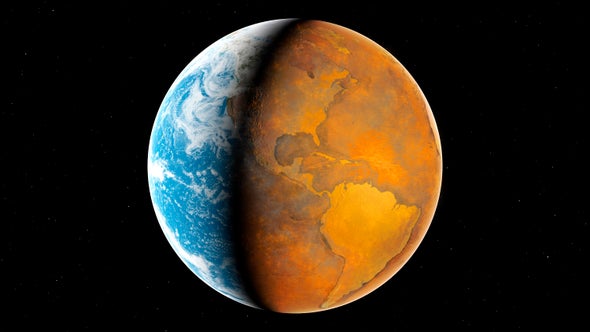
The World Economic Forum (WEF) warned on Tuesday that governments are unable to embrace climate-smart measures. COVID-19 has a negative impact on economic activity. Hence, forcing them to focus instead on addressing rising social inequality.
According to the group’s annual risks assessment, failure to fulfill emissions-cutting agreements and the “dramatic consequences” of disastrous floods, hurricanes, and wildfires are now the world’s worst hazards.
“Our planet is on fire and we have to deal with this. This is a risk we really, really know. We cannot say we are faced with a blind spot,” WEF President Borge Brende said. It was in an online news conference about the survey.
The WEF poll of almost 1,000 industry, government, and academic executives found that threats to social cohesiveness, such as rising income and wealth inequality and large disparities in vaccine access around the world, are a big concern.
They claimed that the rise in such threats, as well as governments’ need to prioritize critical pandemic-related issues, were impeding efforts to transition to a low-carbon economy to combat climate change.
Just Transition
Concerns about accomplishing a “just transition” to a climate-smart economy are developing in particular, as employees and communities reliant on fossil fuel companies or subsidies object to changes they believe are unjust.
“Governments have a balancing act to work with,” said WEF managing director Saadia Zahidi. Thus, referring to the need to stimulate economies while protecting jobs, addressing health hazards, and ensuring a green economic transition.
Rising geopolitical tensions, which affect everything from vaccine distribution to responsibilities related to climate risks; also make achieving global cooperation to combat major dangers harder, according to Brende.
When it comes to climate change, “are those solutions going to be developed in this fractured world? Let’s see,” he said.
Global threat list
Environmental hazards topped the top global threat list of the most serious dangers over the next decade. Climate change failure, extreme weather, and biodiversity loss at the top.
Natural resource crises, human environmental harm along with them ranked first through fifth in the top hazards for coming years.
Threats to social cohesiveness and involuntary migration, both linked to climate change concerns, were close behind.
Growing pressure
The perception of climate hazards is expanding as repercussions reach essential infrastructure, agriculture production, and more urban areas according to Carolina Klint. Klint is a risk management leader for continental Europe at Marsh McLennan, a risk analysis business.
However, she said that there was evidence that pressure on corporations and governments to execute their climate obligations was increasing. Thereby, citing new activist company shareholders as well as increased monitoring by investors, civil society groups, and consumers as examples.
Efforts by firms to “greenwash” their behavior – or portray acts as more environmentally friendly than they are – will only lead to more “radical” laws if climate action fails, according to Peter Giger, global chief risk officer for Zurich Insurance Group.
Setting a carbon price to represent the true cost of fossil fuel use and rectifying the “historic and deliberate mispricing of carbon” are the greatest approaches to accelerate action on climate challenges, he added.
Businesses will have to help drive the shift as rising debt levels, higher commodity prices, and inflation strike economies around the world. Hence, making it more difficult for governments to respond, he added.
He believes that putting government regulations in place to reduce fossil fuel consumption will take too long. Also, that “governments are focused on preserving the status quo,” therefore “I don’t expect governments to lead on this.”
